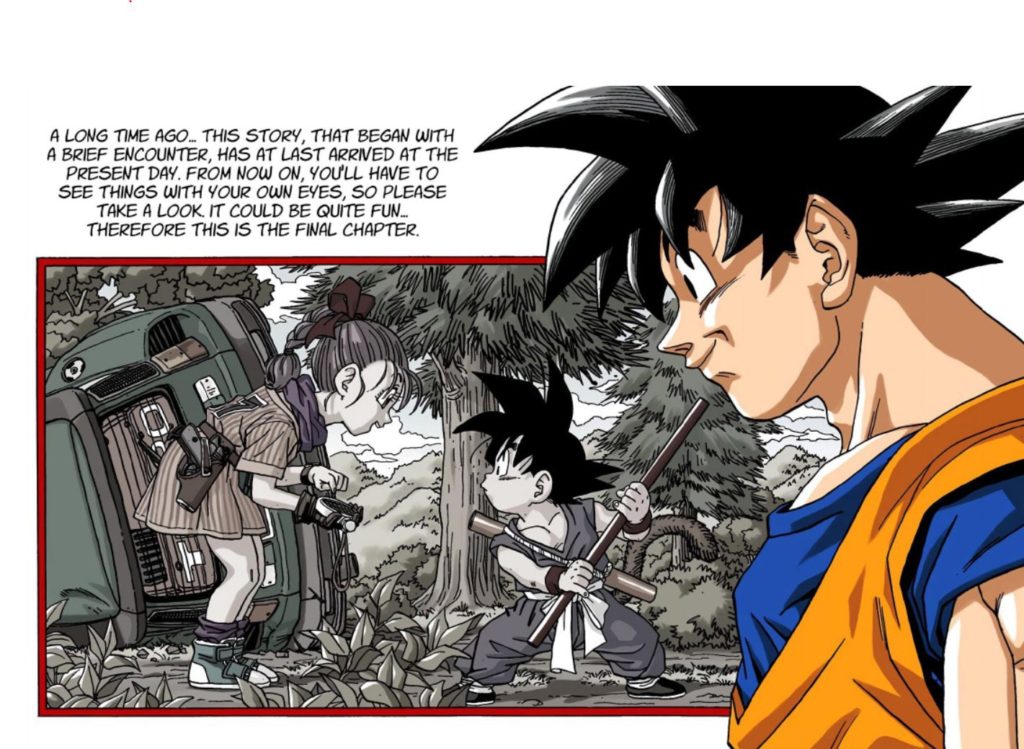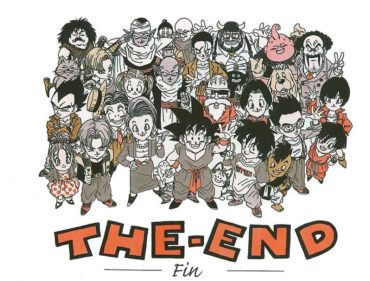Memories of Akira Toriyama
Akira Toriyama (1955-2024)
For many of us, Akira Toriyama (who has died too young at 68) opened the door to manga and anime. And even if you didn’t watch Dragon Ball Z when it first appeared on Cartoon Network in 2000 in (my personal favourite) Ocean dub, it’s more than likely you’ve played Dragon Quest or you’re looking forward to the upcoming anime series SAND LAND (Disney + from March 20th) or the new Dragon Ball DAIMA anime series promised for later this year in which Toriyama was closely involved.
It’s hard to adequately sum up all the many aspects of such a creative and original mangaka, so some of the writers at Anime UK News have chosen to offer their own personal recollections/views of Toriyama’s works as a tribute to a much admired and loved mangaka.
Ian Wolf
On the afternoon of 8th March, the day Toriyama’s death was made public, I got a text message from my mother asking if I was aware of his passing. This was something I was not expecting to hear, given that my parents know virtually nothing about anime and manga. She herself had learned the news after it was reported on the BBC website. The fact that people who know next-to-nothing about anime were asking me about Toriyama is perhaps the biggest sign of how big a figure he was.
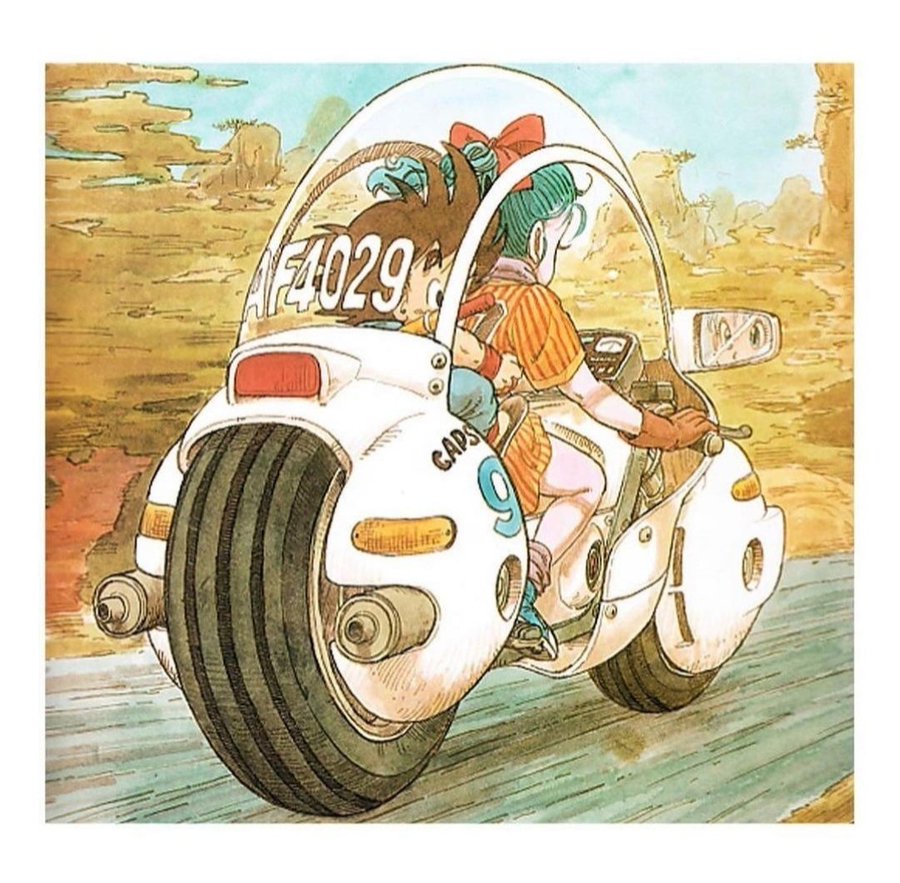
Now, I should point out that I myself have limited experience when it comes to his work. While for many people the 1980s classic Dragon Ball (or is it Dragonball? I’m still unsure about the styling) was the first anime series they came into contact with, this was not the case for me. I came to anime and manga later in life, with Pokémon being my first taste of the movement in the 1990s. It wasn’t until I was working as the manga critic for MyM and reviewed the 3-in-1 omnibus editions of Dragon Ball, published by VIZ Media, that I first sampled Toriyama. I later reviewed Manga Entertainment’s DVD releases of the original anime series for AUKN. After experiencing Dragon Ball, it is clear to see how much it influenced later works.
If your experience of shonen-style battle manga started with later titles, whether it be One Piece or Naruto in the 1990s, Bleach or Fairy Tail in the 2000s, Assassination Classroom or Attack on Titan in the 2010s, or more recent hits like Demon Slayer and Chainsaw Man, you can in some way trace its influence back to series like Dragon Ball, with its mixture of action, battles and comedy being found in all of these series mentioned, and more. The references might be true appreciation, or comic mockery, but Toriyama’s presence will forever be felt in the industry.
Noemi10
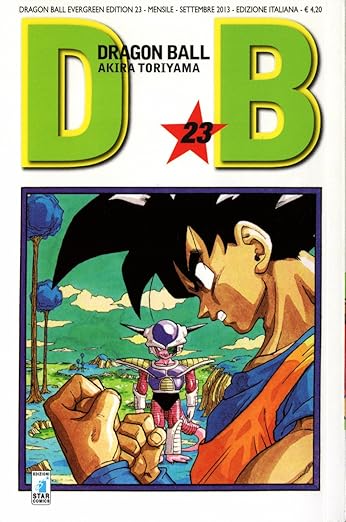
I cannot remember a time when I didn’t know what Dragon Ball was. Growing up, watching the anime became part of my daily routine—every day I would rush back home from school to turn on the TV on Italia 1, the Italian channel that used to air a new episode of Dragon Ball daily. I think that’s how my passion for anime, and subsequently, manga started. Nobody could disturb my time in front of the TV while I went on a new adventure with Goku, Bulma and all the other characters in the search of the Dragon Balls. And of course I would imagine I was one of them and what wish I would ask Shenron to make happen. When the anime was released in DVD via newsagents, I would beg my mom to let me go buy each DVD every time on release day. Was I always successful? No, but my collection of DVDs with missing numbers is still one that I look at fondly. Akita Toriyama paved the way for many Shonen Jump manga (and anime), and while I didn’t know much about the man behind Dragon Ball, for me he was the person who thanks to his creation allowed me to go on wild adventures in my mind and play pretend with my friends on who had the strongest ‘kamehameha’.
Rui
As a fan in the dark days of the anime fan scene, my earliest memories of Toriyama’s work came second-hand through the ubiquitous popularity of Dragon Ball online. UK broadcasts (let alone physical releases) were still many years away yet it was impossible to ignore the passion of its enormous, global audience; kids (and big kids) all over the world were avidly following the generation-spanning, planet-hopping adventure of the series’ gigantic cast of oddballs and they wanted nothing more than to talk to other fans wherever they could. There wasn’t a single anime fandom chatroom in the 1990s which didn’t have at least one person with a saiyajin-themed nickname as a regular and by the time I was able to meet Son Goku, Vegeta and friends myself quite a few years later, I already felt as though all of the main characters were old friends.
You could always start a rousing (and surprisingly technical) debate anywhere by asking whether Goku could beat any other character from another series; it was such a meme in those days that asking the question was explicitly banned on the biggest online gaming forum. The fighting games quickly became popular on the early convention circuit. Thousands of young artists – both amateurs and fledgling professionals – started out by copying the distinctive Dragon Ball designs until they found their own styles, filling the pages of magazines like Animerica and countless online galleries. Toriyama’s most famous work had a reach far beyond anything else at the time and incredibly, it has continued to attract new fans over time with its recent spin-offs.
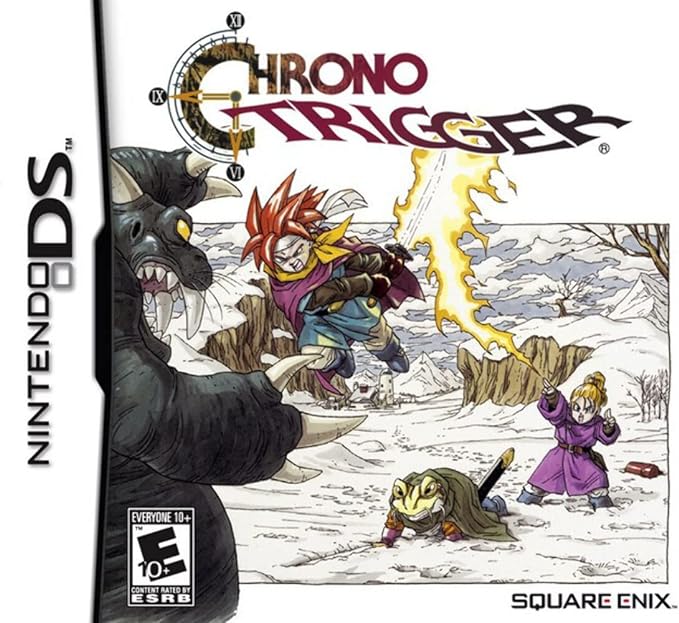
My first direct exposure to Toriyama’s work was, as with many of my generation, through the highly regarded SNES RPG Chrono Trigger, which had him flexing his artistic muscles to design a diverse bunch of characters who became beloved to gamers of all ages. His instantly-recognisable style and innate understanding of a child’s sense of wonder helped to spark the imaginations of fans for decades. Akira Toriyama’s contribution to anime fandom both within Japan and beyond cannot be overstated; the world is poorer for his absence.
Sarah
Humour – and heart.
Who would have thought that an outrageously mischievous take on the much-respected Chinese classic Journey to the West would energize manga publishing in Japan way back in 1985 and bring the concept of shonen to the whole world?
Who would have thought that an ill-assorted bunch of colourful characters named after underwear, vegetables, musical instruments (and even a tribute to a Disney song in later volumes) would spring to such vivid life and captivate generations of readers?
And there’s no denying that the complex parallel time schemes (Trunks!) are worthy of the best science fiction.

Akita Toriyama brought all this and so much more when he created Dragon Ball, Sand Land and Dr. Slump. You could pore for hours over his wonderfully detailed and ingenious drawings, especially of cars, bikes, spaceships… Or spend time with the group ‘photos’, those drawings which portray the cast as they get older: Krillin with hair, for example, or Vegeta in a suit, arms crossed, scowling at being made to appear ‘respectable’ by his wife Bulma!
As usual, the UK was far behind other countries in making manga and anime available at the turn of the century but many of us first encountered Son Goku on Cartoon Network in 2000. Although in my family, we’d been lucky enough to be a little ahead of the game by encountering Dragon Ball on TV in France a few years earlier (1996, I think?) and starting to collect all 42 of the Glénat tankoubon edition (it only recently went out of print). Our first TV episodes, though, were the Namek arc – and our first impressions of Freeza were genuinely mind-boggling (we’d never seen anything like that animated before!).
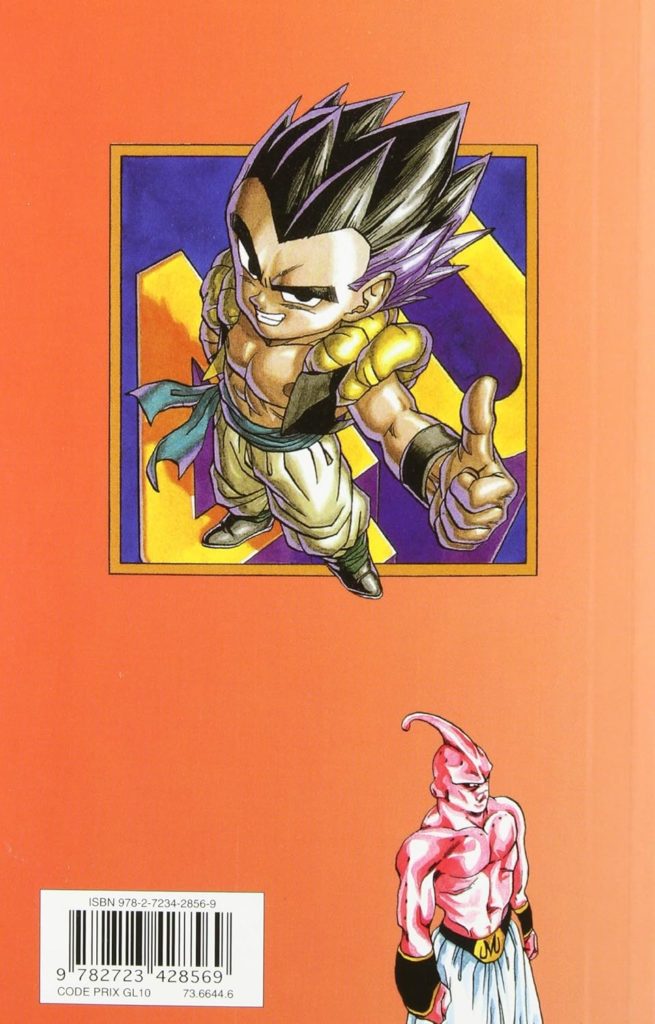
When the series began to air on UK TV in 2000 (Dragon Ball Z) everything began to fit into place. Such an audacious blend of humour, fantasy, science fiction and epic earth-shattering fights. I loved the way Piccolo reluctantly adopted little Gohan – and where that eventually led. As a parent, I loved seeing the way the generations interact in Toriyama’s world: few shonen manga of the time showed the young heroes growing older, getting married, having children – and then as the children grew older, presented them as valid protagonists alongside their mothers and fathers. And a shout-out for Bulma, the enterprising female inventor and scientific genius of her family’s Capsule Corp.
But above all, it was the dauntless, indomitable spirit of Toriyama’s creations: Son Goku, Vegeta, Gohan, Piccolo and Trunks and their seemingly unwinnable battles against impossible odds that impressed. After watching an episode of DBZ (or reading a few chapters) one emerged feeling strangely lighter, better able to face up to the issues of the day. It was almost like eating a senzu bean! It’s so strange and sad to realize that the imagination and artistic talents of the artist who brought us such a wonderfully rich cast of characters has been extinguished – and yet the legacy of his works lives on and will continue to thrill and entertain new generations of fans.
